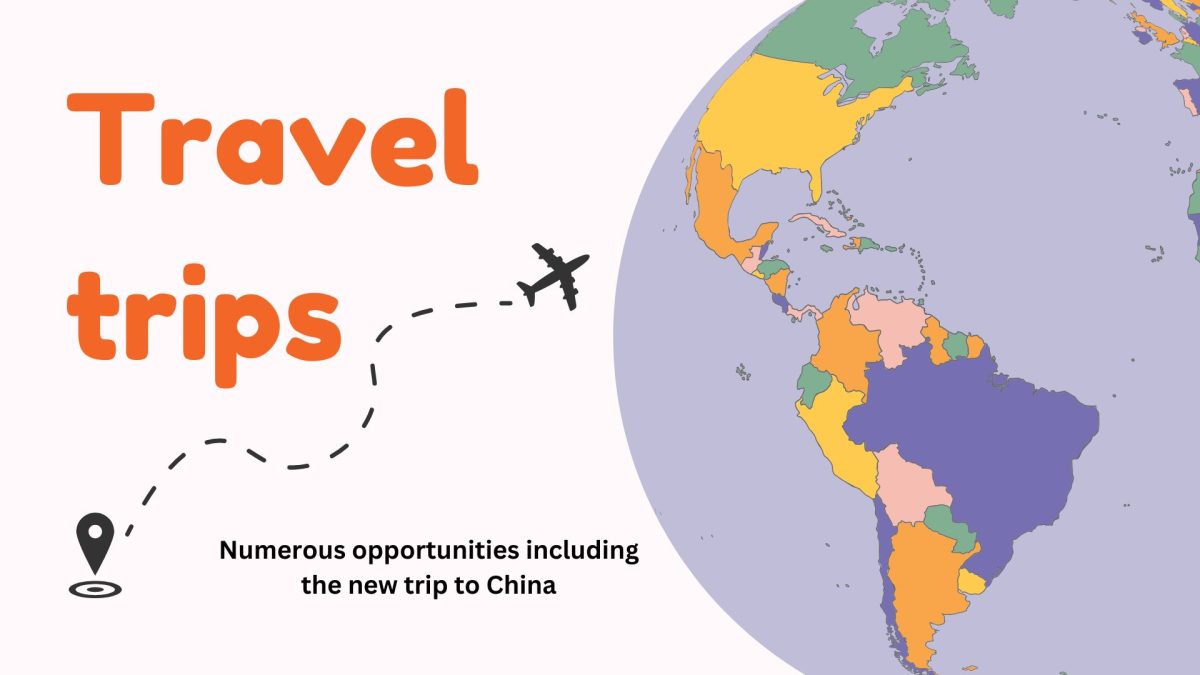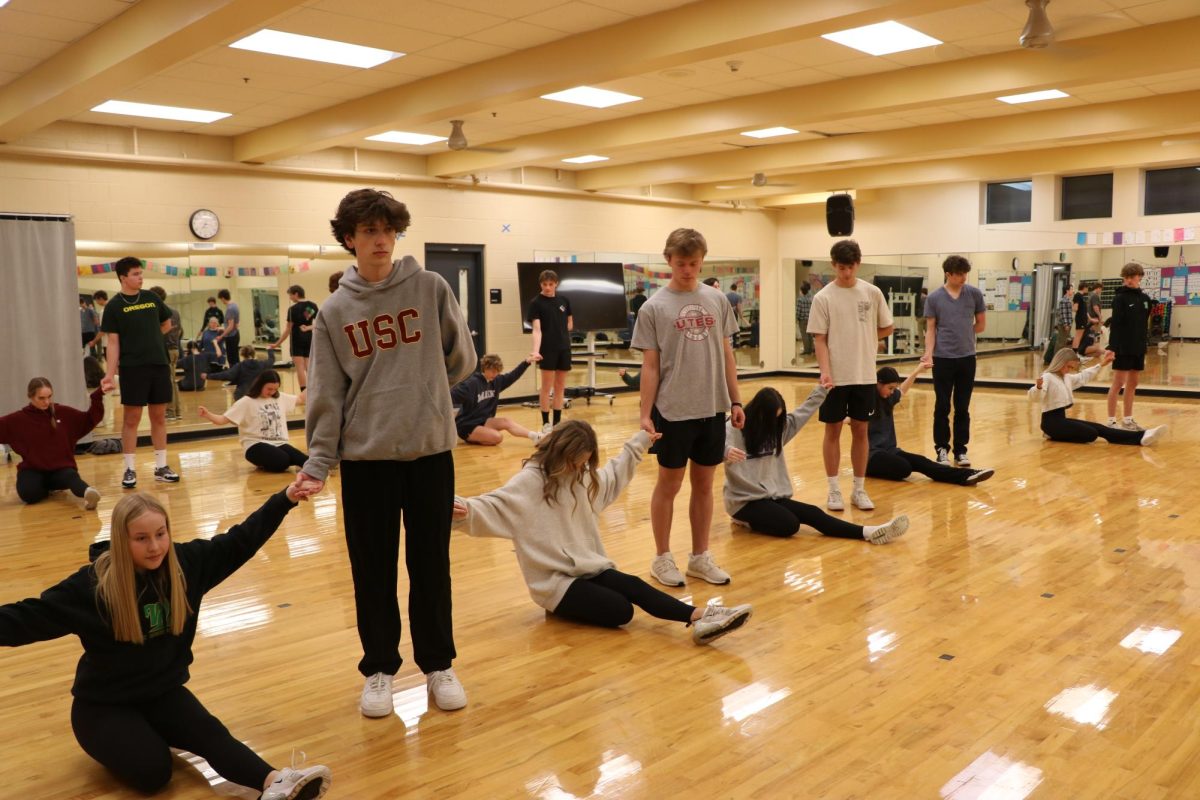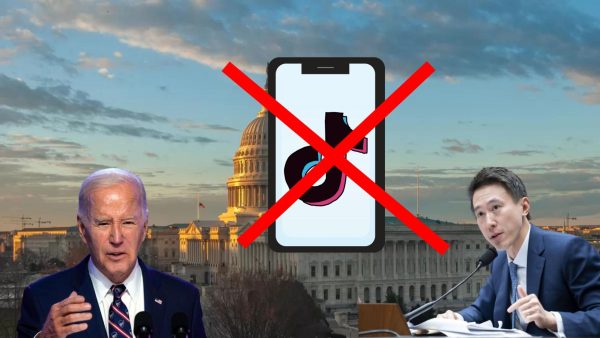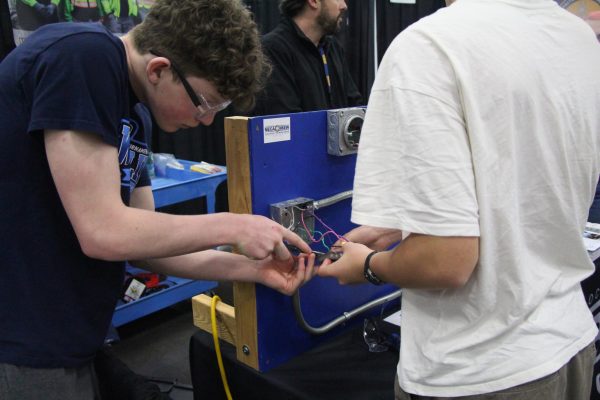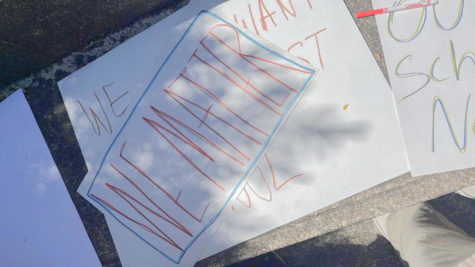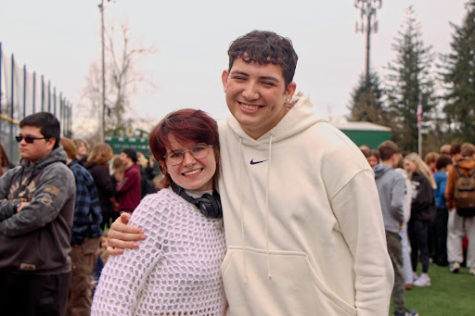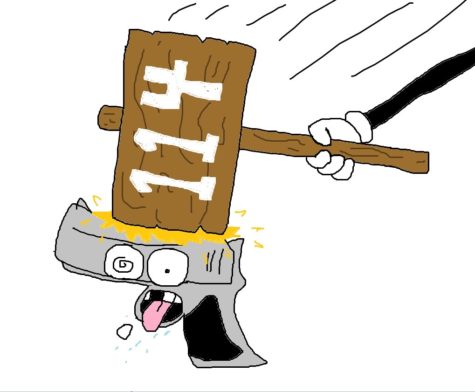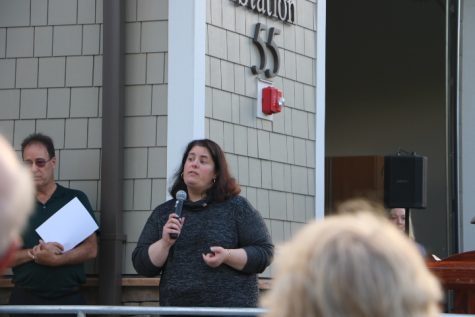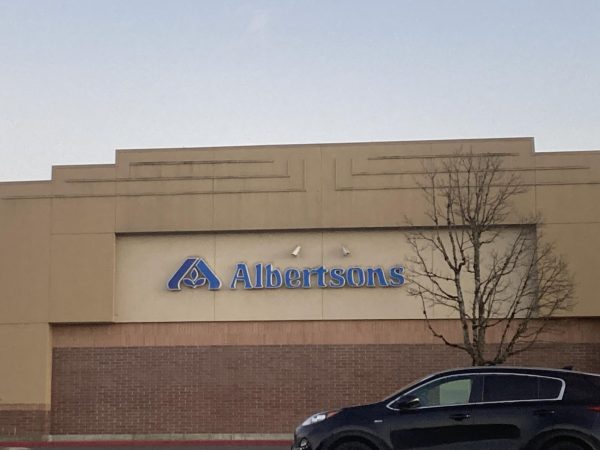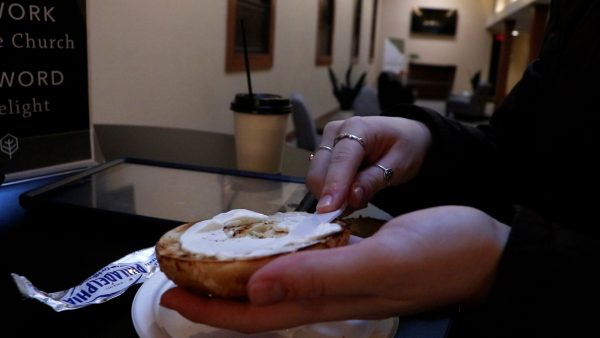Preparation not reparation
How the school is handling school shootings
There were six deaths in a shooting in Nashville on March 29, 2023, including three children. This is the reality of school shootings. Nearly a month later, debates across the country sparked about the school shooter’s “manifesto” being released. This year alone there have been 17 school shootings. It is not simply the news that makes students fear school— it’s the statistics. So what can be done to not only prevent school shootings but protect us from them?
On April 3, the West Linn-Wilsonville School District (WLWV) released an email to parents, faculty, and students about procedures in the case of a threat, which includes a school shooting. But even an email is not enough to soothe the fear that comes with attending school. The district will never be able to completely prevent school shootings, but they can do more than add a policy here or there.
In 2016, the district got a contract with TrueNorth Consulting Group (TNCG). They provide risk assessment and work with schools to ensure security training and surveillance for a protected school.
“[TNCG] conducts thorough audits, which provide the baseline for the district Safety Plan while influencing ongoing and future safety improvements,” the district’s safety plan read.
Another available resource is SafeOregon, an anonymous reporting site for anyone to report safety issues in reference to the schools. The site and app has you add the name of the Oregon school and sends the report to the school administration.
However, due to the immediacy of many school issues, the efficiency of SafeOregon could be questioned. It would be in someone’s best interest to go straight to administration if a threat occurs. SafeOregon is an anonymous site for reporting issues within a school.
When Mary Ellen O’Toole, a senior profiler at the FBI conducted a monograph paper on behalf of the Federal Bureau of Investigations. O’Toole, along with her co-contributors, put together a detailed assessment to help the prevention of school shootings. In 1999, The National Center for the Analysis of Violent Crime (NCAVC) reviewed 18 different school violence cases to come up with this prevention and assessment plan.
The report detailed a low, medium, and high threat response criteria for law enforcement. The report recommended that investigating school violence is essential along with the training of faculty and administration.
“Violence, whether in a school, home, workplace, or on the street is a complex issue with complex causes and consequences,” the report read. “Imagining that there are easy answers and instant solutions is counterproductive.”
Since the Columbine shooting in 1999, there have been 377 school shootings in the U.S. Haines City High School, located in Florida added a ten-foot fence with closely monitored gates to prevent anyone entering the campus. However, 42.6% of school shooters are students according to the K-12 school shooters database.
Students should not have to go to school in a place they fear. As much effort as schools should put into safety, they should be putting effort into preventing the attack. The high school has five counselors and one counselor administrator to deal with the emotional and scheduling needs of the approximate 1,800 student population. We have one social worker to deal with the entire school. There is no way for the counseling department of nine to be able to actually ensure students are receiving the help they need. So as much as we can prepare for what is feared to be inevitable, we should prevent it too.
The district should focus more time and money on the prevention of school shootings starting at the school level. By ensuring students are receiving enough support both mentally and physically. This could be done by adding more counselors and social workers to school and ensuring students get enough time outside and interacting with other people. It is the district’s responsibility to put safety and security of its students first.
Your donation will support the student journalists of West Linn High School. Your contribution will allow us to continue to produce quality content by purchasing equipment, software, and continuing to host our website on School Newspapers Online (SNO).

Eden Pepos, senior, is the managing editor for wlhsNOW. She has been on staff since her sophomore year. In addition to being a senior editor, Pepos is...


























![Game, set, and match. Corbin Atchley, sophomore, high fives Sanam Sidhu, freshman, after a rally with other club members. “I just joined [the club],” Sidhu said. “[I heard about it] on Instagram, they always post about it, I’ve been wanting to come. My parents used to play [net sports] too and they taught us, and then I learned from my brother.”](https://wlhsnow.com/wp-content/uploads/2024/03/MG_7715-2-1200x800.jpg)





![The teams prepare to start another play with just a few minutes left in the first half. The Lions were in the lead at halftime with a score of 27-0. At half time, the team went back to the locker rooms. “[We ate] orange slices,” Malos said. “[Then] our team came out and got the win.”](https://wlhsnow.com/wp-content/uploads/2023/10/IMG_2385-1200x800.jpg)





![At the bottom of the third inning, the Lions are still scoreless. Rowe stands at home plate, preparing to bat, while Vandenbrink stands off to the side as the next batter up. Despite having the bases loaded, the team was unable to score any runs. “It’s just the beginning of the season. We’re just going to be playing out best by June, [and] that’s where champions are,” Rowe said.](https://wlhsnow.com/wp-content/uploads/2024/03/IMG_3077-1200x900.jpg)







